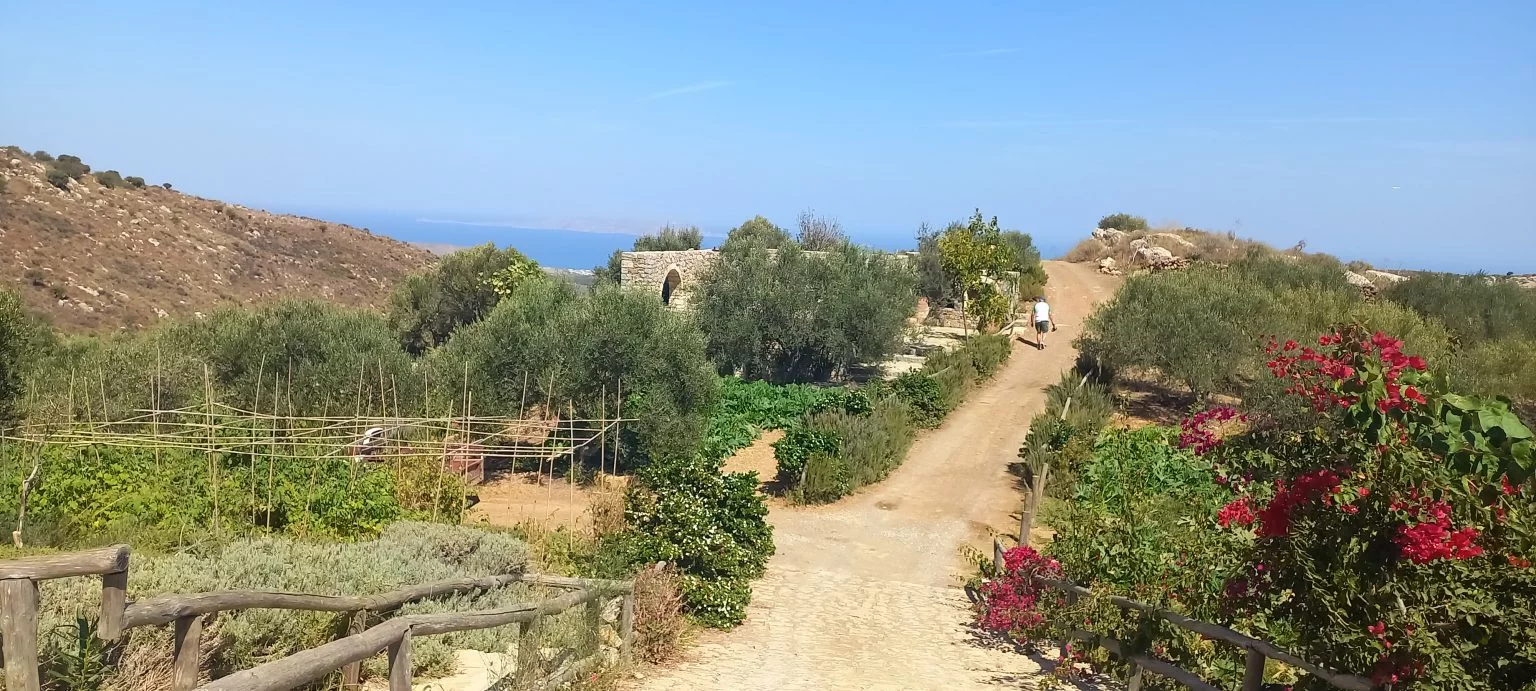Crete, the largest of the Greek islands, is renowned for its rich history, stunning landscapes, and, notably, its agricultural heritage. While olive oil is undoubtedly the most famous product of Cretan agriculture, the island’s fertile lands and diverse climates support a wide variety of crops. From aromatic herbs and vibrant vegetables to sweet honey and robust wines, Crete’s agricultural bounty offers a feast for the senses and a deep connection to the island’s traditions. This guide explores the diverse agricultural products of Crete, highlighting their significance and the best ways to enjoy them.
The Staples of Cretan Agriculture
1. Olive Oil: No exploration of Cretan agriculture would be complete without mentioning olive oil. This liquid gold is a cornerstone of the Mediterranean diet, praised for its health benefits and exquisite flavor. The island’s olive groves, some of which are centuries old, produce high-quality extra virgin olive oil that is a staple in Cretan cuisine.
2. Grapes and Wine: Crete has a long history of viticulture, dating back to the Minoan civilization. The island’s vineyards produce a variety of grapes, including indigenous varieties such as Vidiano, Liatiko, and Kotsifali. These grapes are used to make distinctive wines that reflect the island’s unique terroir.
- Wine Tasting: Visiting local wineries offers an excellent opportunity to sample these wines. Wineries such as Lyrarakis, Douloufakis, and Manousakis provide tours and tastings, allowing you to explore the diverse flavors of Cretan wine.
Fruits and Vegetables
3. Citrus Fruits: Crete’s mild winters and warm summers create perfect conditions for growing citrus fruits. Oranges, lemons, and mandarins are abundant on the island, contributing to the local diet and economy.
- Local Markets: Fresh citrus fruits can be found in markets throughout Crete, often sold by local farmers. The juicy, sweet flavor of Cretan oranges is a delightful treat, especially when enjoyed fresh from the tree.
4. Vegetables: Cretan cuisine heavily features vegetables, many of which are grown locally. Tomatoes, cucumbers, eggplants, zucchinis, and peppers thrive in Crete’s fertile soil. Additionally, the island is known for its wild greens, or “horta,” which are foraged and used in a variety of dishes.
- Cooking with Vegetables: Traditional dishes such as briam (a roasted vegetable medley) and stuffed vegetables (gemista) showcase the rich flavors of Cretan produce. Participating in a cooking class can be a great way to learn how to prepare these dishes using fresh, local ingredients.
Aromatic Herbs and Spices
5. Herbs: The hillsides of Crete are dotted with wild herbs that thrive in the Mediterranean climate. Oregano, thyme, rosemary, and sage are commonly found and used extensively in Cretan cooking.
- Herb Foraging: Guided herb foraging tours are available, where you can learn to identify and collect these aromatic plants. These tours often include lessons on how to use the herbs in cooking and natural remedies.
6. Saffron: Cretan saffron, known locally as “krokos,” is a prized spice harvested from the crocus flower. It is used to add a golden hue and delicate flavor to various dishes.
- Market Shopping: You can purchase saffron at local markets and specialty shops. Look for high-quality threads that are deep red and have a strong aroma.
Honey and Dairy
7. Honey: Cretan honey is renowned for its quality and flavor, thanks to the island’s diverse flora. Thyme honey is particularly famous, offering a distinct taste that reflects the wild thyme flowers from which the bees collect nectar.
- Honey Tasting: Visit local beekeepers to sample different varieties of honey. Many beekeepers offer tours of their hives and explain the honey-making process, providing a sweet and educational experience.
8. Cheese: Cheese is another staple of the Cretan diet, with varieties such as graviera, mizithra, and anthotyro being particularly popular. These cheeses are often made from sheep’s or goat’s milk and are integral to many traditional dishes.
- Cheese Tours: Cheese-making tours are available at local dairies, where you can learn about the production process and taste the fresh, flavorful cheeses that Crete is known for.
The Importance of Sustainable Practices
9. Organic Farming: Many Cretan farmers practice organic farming, avoiding synthetic pesticides and fertilizers. This sustainable approach helps preserve the island’s biodiversity and ensures the production of healthy, natural food.
- Farm Visits: Visiting organic farms allows you to see these practices in action and understand their benefits. Farms such as Agreco Farm near Rethymno offer tours and hands-on experiences, from harvesting vegetables to making traditional bread.
10. Local Markets and Community: Supporting local markets and community-supported agriculture (CSA) programs is a great way to enjoy fresh, seasonal produce while supporting sustainable farming practices. Markets are also a social hub, providing a chance to connect with local farmers and learn more about Cretan agriculture.
Conclusion
Crete’s agricultural bounty extends far beyond its famous olive oil, encompassing a rich variety of fruits, vegetables, herbs, honey, and dairy products. Exploring this bounty offers a deeper understanding of the island’s culture and traditions, as well as the opportunity to enjoy some of the freshest, most flavorful food available. By embracing sustainable practices and supporting local producers, expats and visitors can contribute to the preservation of Crete’s natural beauty and agricultural heritage. Whether through tasting tours, cooking classes, or market visits, discovering Crete’s diverse agricultural landscape is a rewarding and delicious journey.


